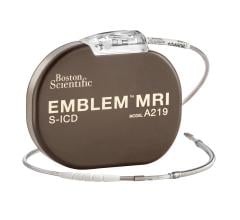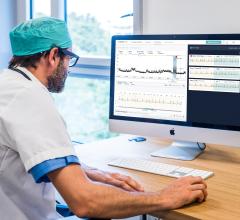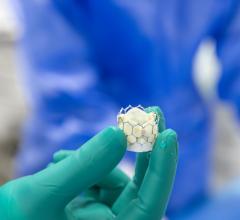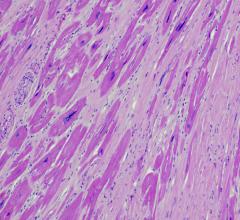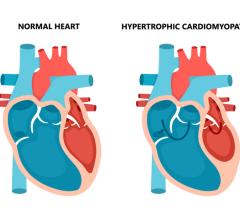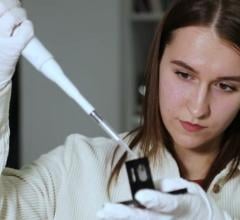
The SLS II comes in different sizes to accommodate various sized leads.
May 5, 2009 - Spectranetics Corp. today released initial data from the four-year, retrospective LExICon (Lead Extraction in Contemporary Settings) study demonstrating the safety and efficacy of laser assisted lead removal using the Spectranetics Laser Sheath (SLS II).
Released by the Heart Rhythm Journal in an online abstract entitled, “The LExICon Study: A Multicenter Observational Retrospective Study of Consecutive Laser Lead Extractions,” the study examined laser assisted lead removal of 2,405 leads in 1,449 patients at 13 centers between January 2004 and December 2007.
Key data points include a 97.7 percent clinical success rate and a 96.5 percent complete lead removal success rate. There was also a 1.4 percent major adverse event rate, which is a 26 percent relative reduction compared to a previous multi-center study evaluating the original laser sheath (SLS). The procedural mortality rate dropped to 0.27 percent, which is more than a 50 percent relative reduction over the original SLS, the company said.
Details from the study will be presented at the Heart Rhythm Society (HRS) meeting in Boston, May 13-16. A full manuscript was submitted for publication review.
“As an increasing number of patients receive implanted cardiac devices, understanding lead management options is critical,” said Dr. Bruce Wilkoff, principal investigator of the study, and director of cardiac pacing and tachyarrhythmia devices at Cleveland Clinic. “Patients are living longer, but leads don’t last forever. Transvenous lead extraction, when done by experienced operators, can be the best way to manage device infections, veins with blockages or lead malfunctions. The LExICon study shows the benefits and safety of laser sheath use by experienced physicians to assist with lead removal. Throughout the last decade, technology and technique have been refined, which is reflected in the high success rates and low complication rates demonstrated in this study.”
In the LExICon study, 43 percent of procedures performed were for noninfection indications such as mechanical lead failure, upgrade of device system and abandoned leads.
Significant physician discussion regarding indications and lead removal guidelines is anticipated at the HRS meeting, including a May 14 evening satellite symposium organized by Cleveland Clinic entitled “Lead Management 2009: Heart Rhythm Society Guidelines and Case-Based Implementation.”
“The former standard-of-care practice of abandoning leads is no longer acceptable for many patients given the knowledge of potential problems and the proven efficacy of lead removal procedures in experienced hands,” said Dr. Laurence Epstein, LExICon investigator, and chief of cardiac arrhythmia services at Brigham and Women’s Hospital. “This is an important topic of discussion among the medical community. While every patient situation is unique and must be evaluated individually, establishing guidelines that reflect the technologies available to assist removal procedures and benefits of experienced physicians is a necessary step to ensuring the highest-quality patient care.”
Two additional abstracts involving LExICon data will be presented at the HRS meeting: “Outcomes of Patients Undergoing Laser Assisted Lead Extraction for Device Related Endocarditis in the LExICon Study” and “What is the Risk for Fidelis Laser Assisted Lead Extraction?”
The Spectranetics laser sheath uses low temperature ultraviolet light to safely ablate scar tissue holding problematic leads in place. A circle of fibers emit pulses of laser energy traveling over the cardiac lead towards the tip to break down scar tissue binding the lead to the vein or heart, permitting the lead to be safely removed. Spectranetics’ LLD EZ Lead Locking Device technology can also be used to assist removal by creating traction on the lead while the laser sheath is advanced over it.
For more information: www.spectranetics.com

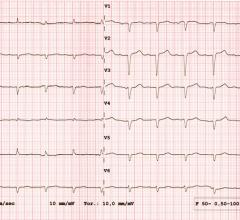
 May 20, 2024
May 20, 2024 
